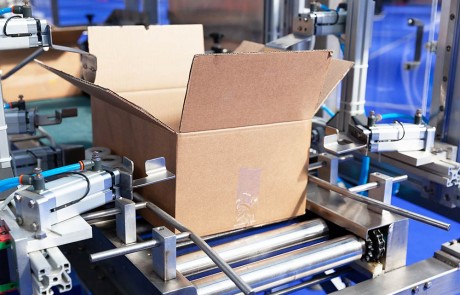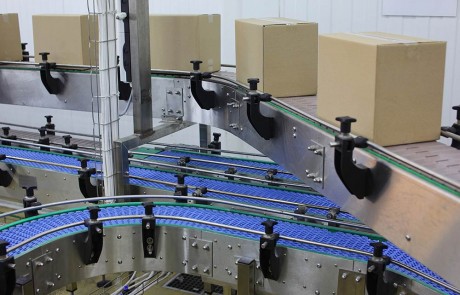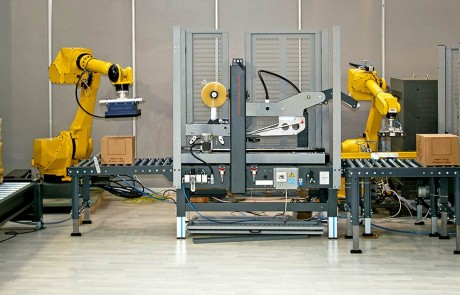Logistics, Warehousing Can’t Get Enough Automation Technology
Before the COVID-19 pandemic of 2020, e-commerce was driving the logistics industry growth year over year by 15% on average, including all industries from consumer packaged goods (CPGs) to groceries. By mid-2020, in the grip of a global pandemic where social distancing was the primary recourse, e-commerce demand had increased 28% over the previous year. And in some categories, such as groceries, demand for home delivery was up more than 60%. Additional consumer trends, such as the desire for expedited shipping and a preference for speed over cost savings, has pushed retailers to ship individual products rather than bundle orders, further increasing logistics and shipping volumes.
While e-commerce is only one part of the logistics industry, it has been a primary driver for the adoption of automation technology around the world in recent years. Singulation, volumes, and speed are all driving companies to find ways to increase volumes during a time when simply adding more warm bodies isn’t a sustainable option. Today, a modern e-commerce facility can require up to 3,000 full-time equivalent workers, or 10 times what a traditional warehouse requires. The only answer to keeping up with the speed of inventory changes and new logistical requirements is automating as many processes as possible, from receiving goods through staging, storage, picks, packaging, cartooning, and final shipment.
Edgewater Automation’s expertise in robotic and discreet precision material handling solutions as well as all forms of machine vision including 2D code scanning, 3D dimensioning, and even guiding autonomous ground vehicles (AGVs) makes us an invaluable partner for today’s growing logistics and warehouse organizations.
Automation Technology Remakes Warehouse Operations
Today, there truly is no part of the warehouse and logistics operation that is not using automated technology solutions. Trucks arrive on the warehouse or distribution center (DCS), where forklift drivers retrieve wrapped pallets of goods. Machine vision systems on the docks scan the passing pallets to input the pallet inventory into the warehouse management system (WMS), manufacturing execution system (MES), and enterprise resource planning (ERP) systems as necessary.
Forklift drivers drop the pallets at temporary storage areas where AGVs with machine vision and radio frequency identification (RFID) sensing capability can pick the pallet and deliver it to the proper depalletizing station for break down. Robotic systems with machine vision guidance and code reading capabilities remove individual packages from the pallets, setting them on conveyors. Conveyors take the individual packages through sortation tunnels that read each package code and send it to the proper storage location, allowing pickers to access the location through mobile computers. In some cases, robots on AGVs are even picking the products and placing them on cartoning stations and palletizers for shipment retailers, in-store pick up, and direct to customers.
Edgewater is an automation company that has experience in every aspect of the automating of warehouse and logistics operations, from the palletizers and depalletizers that bookend warehouse operations, to laser based dimensioners, machine vision tracking and inspection systems, and the conveyors, robots, and AGVs that mobilize the entire operation.
Whether your operation is zero touch, manual looking to automate, or a hybrid model in between, let Edgewater Automation help guide your next light-to-pick, bin picking, sortation, or flex feeding automation application. With our expertise connecting back office systems to front office software programs, logistics managers can look forward to real-time data that will help them optimize operations, anticipate bottle necks, and proactively respond to new and potential customers.


